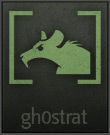
Ghost Rats are real; just Google them!
They belong to the most dangerous virus family traveling our internet super highways: the Trojan. Ghost Rats are unrivaled by any in their class for the harm that they can cause if your computer is so unlucky to become haunted by these devilish ghouls. Ghost Rats were the invisible weapons used by the largest cyber espionage ring to be uncovered, GhostNet.
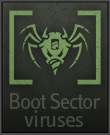
Boot Sector viruses:
A boot sector virus infects diskettes and hard drives. All disks and hard drives contain smaller sections called sectors. The first sector is called the boot. The boot carries the Mater Boot Record (MBR).
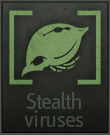
Stealth viruses:
A stealth virus can disguise itself by using certain tactics to prevent being detected by antivirus software. These tactics include altering its file size, concealing itself in memory, and so on.
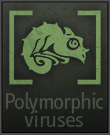
Polymorphic viruses:
A polymorphic virus acts like a chameleon, changing its virus signature (also known as binary pattern) every time it multiples and infects a new file. By changing binary patterns, a polymorphic virus becomes hard to detect by an antivirus program.
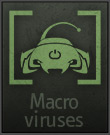
Macro Viruses:
A macro virus is programmed as a macro embedded in a document. Many applications, such as Microsoft Word and Excel, support macro languages. Once a macro virus gets on to your computer, every document you produce will become infected. This type of virus is relatively new and may slip by your antivirus software if you don't have the most recent version installed on your computer.
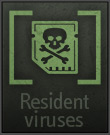
Resident Viruses (Memory):
A resident virus is one of the most common types of computer infections. It functions by installing malicious code into the memory of your computer, infecting current programs and any others you may install in the future. In order to achieve this, the resident virus needs to find a method to allocate memory for itself, meaning it must find somewhere to hide.
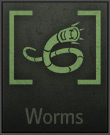
Computer Worm:
Do not require a host file in order to propagate itself. It is able to enter a computer through system vulnerabilities and uses those flaws to propagate. The typical computer virus must be activated by way of user intervention. This may include double-clicking on a website link or opening the attachment of an email message. A worm bypasses user intervention by releasing a document containing the infected macro and distributing itself from computer to computer.
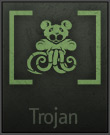
Trojan:
Software that appears to perform a desirable function for the user prior to run or install, but (perhaps in addition to the expected function) steals information or harms the system. Once a Trojan is opened it will create a secret backdoor into your computer. This allows hackers to easily access your computer. It also gives the hackers a great way to put additional viruses or software onto your computer.